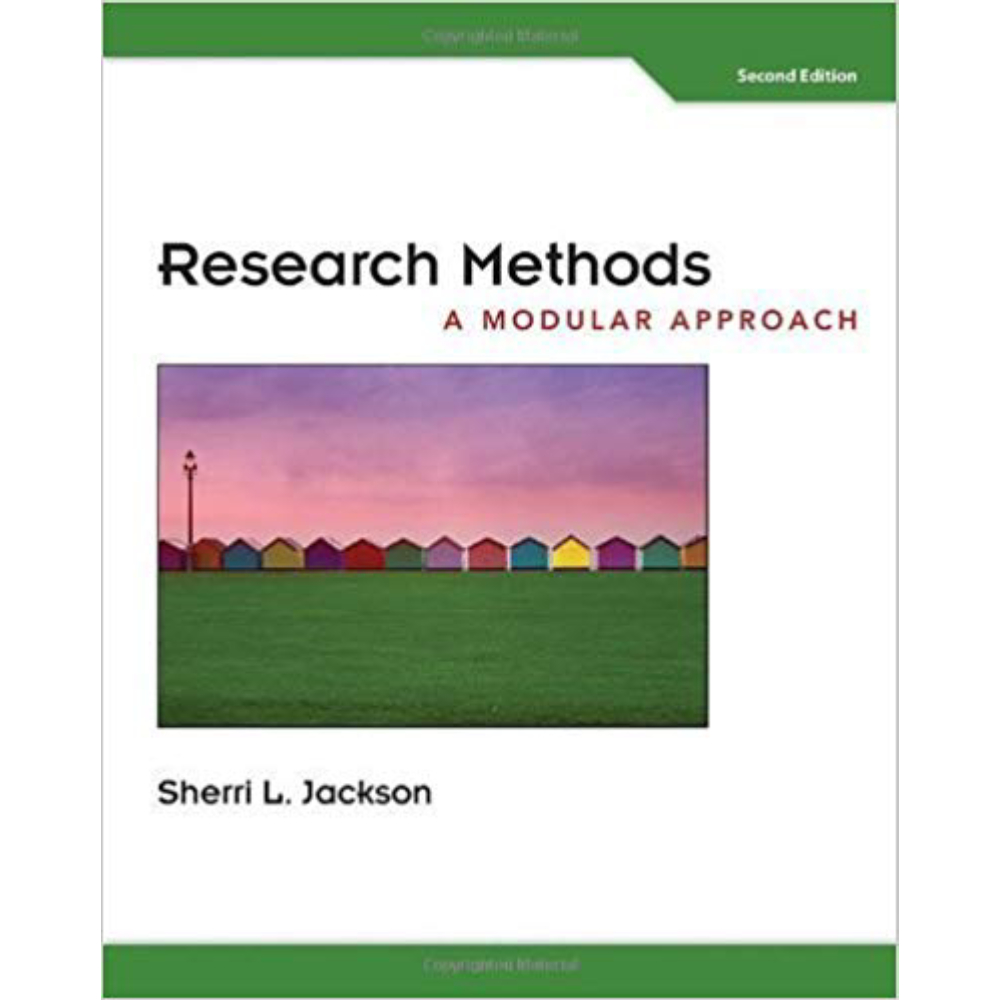Multiple Choice Questions
1. A design in which only one participant is used is to a(n) _____ design as a design in which only a few participants are used is to a _____ design.
a. small-n; single-case
b. single-case; small-n
c. single-case; reversal
d. ABA; small-n
Answer: b
w2. ABA design is to _____ design as a small-n design is to _____.
a. reversal; a design in which only a few participants are used
b. ABAB; a design in which only a few participants are used
c. reversal; a design in which only one participant is used
d. ABAB; a design in which only one participant is used
Answer: a
3. A single-case design in which the independent variable is introduced and removed one or more times is a _____ design.
a. small-n
b. non-equivalent control group
c. reversal
d. pretetst/posttest
Answer: c
4. ABAB design is to _____ design as single-case design is to _____.
a. ABA: a design in which only a few participants are used
b. reversal; a design in which only a few participants are used
c. ABA; a design in which only one participant is used
d. reversal; a design in which only one participant is used
Answer: d
w5. A problem with single-group designs is that:
a. they are open to many confounds.
b. there is no comparison group.
c. there is no equivalent control group.
d. all of the other alternatives are problems.
Answer: d
6. Which of the following is an advantage of small-n designs according to Sidman (1960).
a. They allow for easier replication.
b. They contribute less to error variance.
c. They allow us to look at mean (average) performance.
d. They allow for easier replication AND they contribute less to error variance.
Answer: d
w7. Which of the following is NOT a type of small-n design?
a. ABA reversal designs
b. ABAB reversal designs
c. multiple-baseline designs
d. single-group posttest only design
Answer: d
8. The ABAB design is generally considered more _____ than the ABA design because participants are left with the effect of the treatment.
a. reliable
b. valid
c. ethical
d. effective
Answer: c
9. Which of the following is NOT a type of multiple-baseline design?
a. multiple-baseline across participants
b. multiple-baseline across time
c. multiple-baseline across situations
d. multiple-baseline across behaviors
Answer: b
10. A single-case or small-n design in which the effect of introducing the independent variable is assessed over multiple participants, behaviors, or situations is a _____ design.
a. ABAB
b. multiple-baseline
c. ABA
d. posttest only
Answer: b
11. Multiple-baseline designs can be assessed across:
a. time.
b. situations.
c. behaviors.
d. both situations and behaviors.
Answer: d













Reviews
There are no reviews yet.